How to do Compost Fencing the Right Way in 2024
Compost fencing is a barrier or enclosure designed to contain and manage compost materials effectively.
It works by providing a physical boundary around the compost pile, helping to retain heat, regulate moisture, and prevent the spread of compost materials outside the designated area.
In this actionable article that includes real-world experience from gardening specialists you will learn exactly how to do compost fencing, how it works, tips for implementing it, and much more.






Key Takeaways
Compost fencing lasts 20+ years with minimal maintenance, making it a durable choice.
While initial costs may be higher, composite fencing for compost pits proves cost-effective over time due to reduced maintenance and longevity.
It is best to choose DIY-friendly materials like prefabricated panels or recycled options to save on installation expenses.
Composite fencing offers superior durability and aesthetics compared to PVC fencing, despite initial cost differences.
Compost fencing ensures proper airflow and accessibility in fence design to optimize composting efficiency and convenience.
Why Compost Fencing Matters
We experienced that having a proper compost fence not only keeps pests away but also maintains the aesthetic appeal of your garden and compost.
After setting up our compost fence, we saw that it significantly reduced the intrusion of rodents and improved the overall hygiene of the compost area similar to when we tried using compost tea on plants.
Choosing the Right Materials
Selecting the right materials for your compost fence is crucial. For us, these common options have worked the best:
Wood: Treated lumber or cedar, known for its durability and resistance to decay. Certain types of durable container wood types are also great for building garden beds.
Wire Mesh: Galvanized steel or plastic-coated wire mesh to prevent rusting and ensure longevity.
Plastic: Recycled plastic panels for an eco-friendly and durable option.
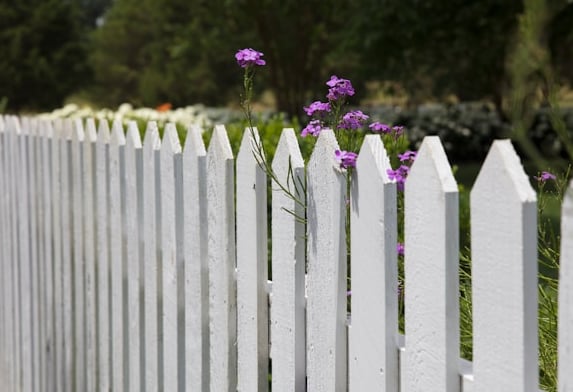

Building Your Compost Fence
Here is a step-by-step guide to building a compost fence that we have used in our garden successfully:
1. Plan Your Site
Determine the size and location of your compost pile. Ensure it is easily accessible yet discreetly placed within your garden.
Measure the dimensions of the area you intend to fence off. Consider a size that suits your composting needs while also fitting comfortably within your garden space.
2. Gather Materials
Based on the size of your compost site, gather enough fencing materials, posts, and tools. For a wooden fence, you will need treated lumber or cedar planks, posts, nails or screws, and a saw.
For a wire mesh fence, you will need galvanized steel or plastic-coated wire mesh, posts, and clips or ties to secure the mesh to the posts.
3. Set the Posts
Dig holes for your posts at the corners of the compost site. Ensure the posts are deep enough to remain stable, typically about 60 cm (2 ft) deep.
For added stability, especially in areas with loose soil, you can use concrete to secure the posts in place.
4. Attach the Fencing
Secure the fencing material to the posts using nails, screws, or zip ties. Make sure the fencing is tight and well-secured.
If using wire mesh, pull it taut to avoid sagging. For wooden planks, space them evenly for a uniform look.
(5. Create a Gate)
If necessary, create a gate for easy access to the compost pile. Ensure the gate is sturdy and can be securely closed.
A simple latch or hook mechanism can be used to keep the gate shut. Make sure the gate is wide enough to allow easy turning of the compost and adding new materials.
Expert Tip: You can also refer to this guide when keeping cats out of your garden or stopping deer from eating your plants because this method is very powerful in the general gardening space.
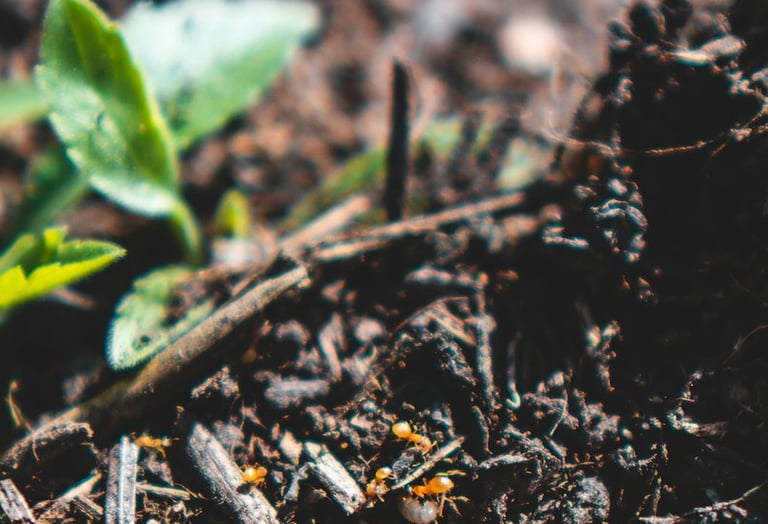



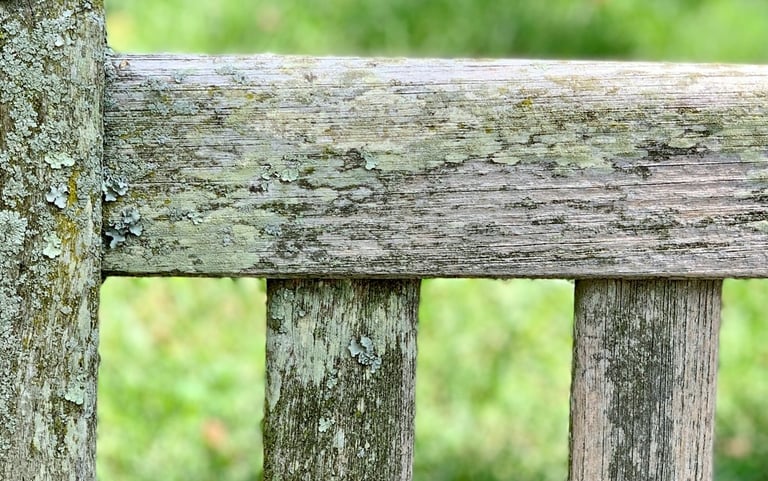



Benefits of Compost Fencing
Pest Control
Compost fencing is highly effective at keeping rodents, cats or other pets, and larger animals like deer out of your garden with the compost pile.
This is particularly important if you live in an area with a lot of wildlife, as unprotected compost can attract everything from raccoons to neighborhood cats.
Expert Tip: We experienced that a well-built fence significantly reduced the presence of pests, which in turn minimized the disruption of the composting process, so try to think long-term and build it with the right size and high-quality materials. If you want to stop wildlife from your garden, you can install physical barriers or plant deer-resistant shrubs.
Aesthetic Appeal
A tidy compost area enhances the overall look of your garden. Instead of having a heap of organic waste that might look unsightly, a fenced compost site looks organized and intentional.
After setting up our compost fence, we saw that it blended seamlessly with the garden, making the compost area a visually appealing part of the landscape.
We also had a similar experience with implementing raised garden beds, so this is a pro for containers and an advantage for compost fencing.
Organization
Compost fencing helps keep the compost materials contained, preventing them from spreading and creating a mess.
This is especially useful in windy conditions or if you have a particularly large compost pile. A contained compost site is easier to manage and turn, leading to more efficient decomposition.
Environmental Benefits
By preventing organic waste from scattering, the non-toxic composting type contributes to a cleaner garden environment.
This containment helps in maintaining a healthy balance of compost materials, thus enhancing the quality of the compost produced.
Additionally, it supports sustainable gardening practices by keeping the composting process efficient and effective.
Disadvantages of Compost Fencing
Cost
Building a compost fence requires an initial investment in materials and tools.
Depending on the size and materials chosen, the cost can add up. For instance, high-quality treated lumber or galvanized steel mesh can be expensive, and if you need professional help to set it up, labor costs will also need to be considered.
Maintenance
Wooden fences, in particular, may require treatment against rot and pests this is a similar disadvantage of garden beds.
Wire mesh fences need to be checked for rust or damage, and any broken parts should be replaced promptly to maintain the fence's effectiveness.
We experienced that a well-maintained fence not only lasts longer but also continues to provide the necessary protection for the compost site.
Space Constraints
If you have a limited space, a compost fence might take up valuable garden areas.
It's important to balance the need for an organized compost site with the available space in your garden.

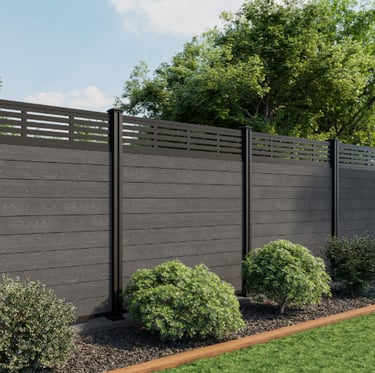




Composite Compost Fencing Special Considerations
Composite compost fencing differs from normal compost pit fencing in that it typically utilizes materials like recycled plastic or composite wood instead of traditional materials such as wood or metal.
This type of fencing is chosen for its durability, resistance to moisture and decay, and its eco-friendly credentials as it often incorporates recycled materials.
Composite fencing can provide a longer lifespan and require less maintenance compared to traditional options, making it a sustainable choice for enclosing compost piles.
We definitely recommend it because of higher durability and materials with higher quality, but you also need to use the right ingredients for compost to avoid issues like the spread of diseases.
Composite Compost Fencing Tips:
Material Selection: Choose composite materials that are specifically designed for outdoor use and are resistant to moisture and decay.
Installation: Follow manufacturer guidelines for installation to ensure proper stability and longevity of the fence.
Maintenance: Regularly clean the fence to prevent buildup of dirt and debris, which can affect its appearance and durability.
Durability: Ensure that the composite material used has UV (Ultraviolet) resistance to prevent fading and deterioration from sun exposure.
Aesthetic Considerations: Select a composite fence style that fits with your garden or outdoor space design well while effectively containing the compost pile.
What Not to Put in Your Compost
Meat and Dairy Products: These can attract pests and create odor issues.
Diseased Plants or Weeds That Have Gone to Seed: These can spread diseases or unwanted plants in your garden.
Fats and Oils: These can hinder the composting process and attract unwanted animals.
Synthetic Chemicals: Any non-organic material can disrupt the composting process and potentially harm your garden.
Ingredients That Work Well
vegetable scraps
fruit peels
coffee grounds
tea bags
eggshells
grass clippings
leaves
straw
cardboard
shredded newspaper
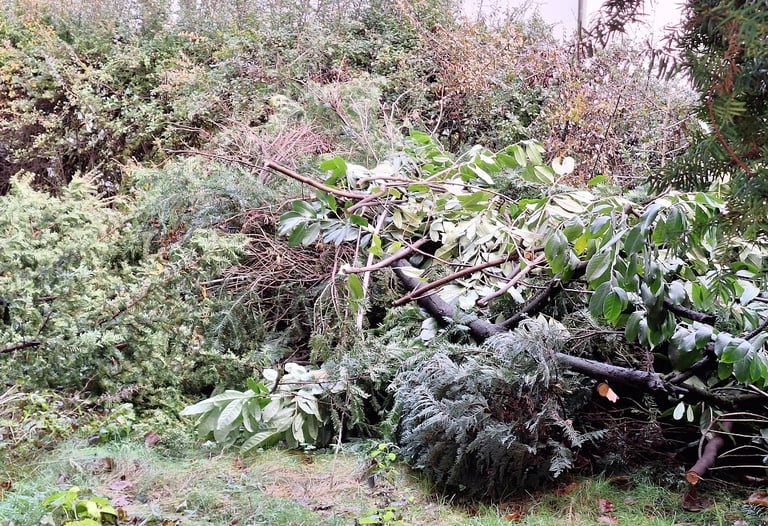

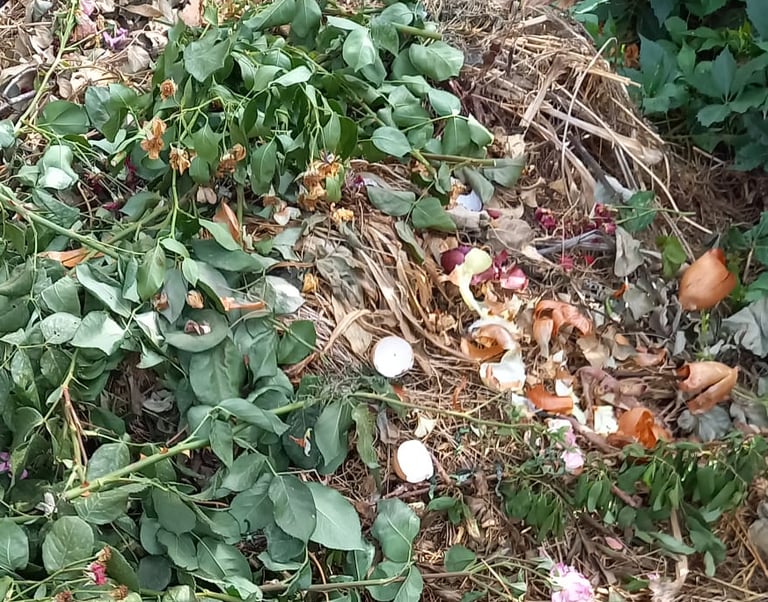



FAQ
How long does a composite fence last?
Composite fences are engineered to be durable, lasting 20–25 years or more with minimal maintenance. They resist rot, decay, and insect damage better than traditional wood fences, making them a long-term investment in your property's aesthetics and security.
What's the cheapest way to fence in a garden?
To fence a garden on a budget, consider options like using chicken wire, which is inexpensive and effective for keeping out small animals.
Recycled materials such as wooden pallets or bamboo can also be affordable and eco-friendly choices.
These DIY solutions can save significantly on installation costs while providing great protection for your garden.
How to build a fence on a budget?
Building a cost-effective fence involves strategic planning and material selection.
Utilize pressure-treated wood, which is durable and budget-friendly, or opt for prefabricated panels to reduce labor costs.
DIY installation can further cut expenses, and using recycled materials or purchasing in bulk can also lower overall project costs.
Is composite fencing cheaper?
Composite fencing tends to have a higher initial cost compared to wood or PVC fencing.
However, its longevity and low maintenance requirements translate to lower long-term expenses. With composite fencing, you save on staining, painting, and repairs over time, making it a cost-effective choice despite the higher upfront investment.
Which is better, composite or PVC Compost fencing?
Composite compost fencing offers superior durability and a more natural appearance than PVC compost fencing.
It mimics the look of wood without the maintenance hassles of staining or sealing. PVC fencing, while lower in maintenance, may not match the aesthetic appeal and longevity of composite fencing, especially in harsh weather conditions.
How long should you compost?
The composting process typically takes 3-6 months, depending on the materials used and how well the pile is maintained.
Factors such as the balance of green and brown materials, moisture levels, and how often the pile is turned all influence the composting timeline, no matter whether warm composting or compost fencing.
Expert Tip: If you want to speed up your composting process after you put the best composting ingredients in your compost fencing pile, then you can use compost starters.


Sources
Nature and Sustainability uses only high-quality sources, including peer-reviewed studies to support the facts we describe in our articles. Please read our editorial policy to learn more about how we keep our content accurate, reliable, and trustworthy.
General information on compost: Making and Using Compost | MU Extension, Create a Compost Pile – Bonnie, Composting 101 | University of Colorado Boulder, Home Compost (iu.edu)
Compost fencing information + building fences for composting: outdoor_compost_bin_at_home.pdf (boston.gov), How to Build a Fence - wikiHow, How to Build a DIY Privacy Fence | Lowe's (lowes.com), 15 DIY Compost Bin Plans (thespruce.com), Composite Fencing Installation Guide | EnviroBuild
Share this article:




Article By:
Calin has been in the garden industry for 5 years and knows a lot about gardening and plants. He is the founder of this website and is responsible for most of the content.
Reviewed and Fact Checked By:
Liviu Burileanu


Liviu is an expert gardener who has farmed and grown plants for 15 years. He likes houseplants and also knows cybersecurity like the back of his hand.

